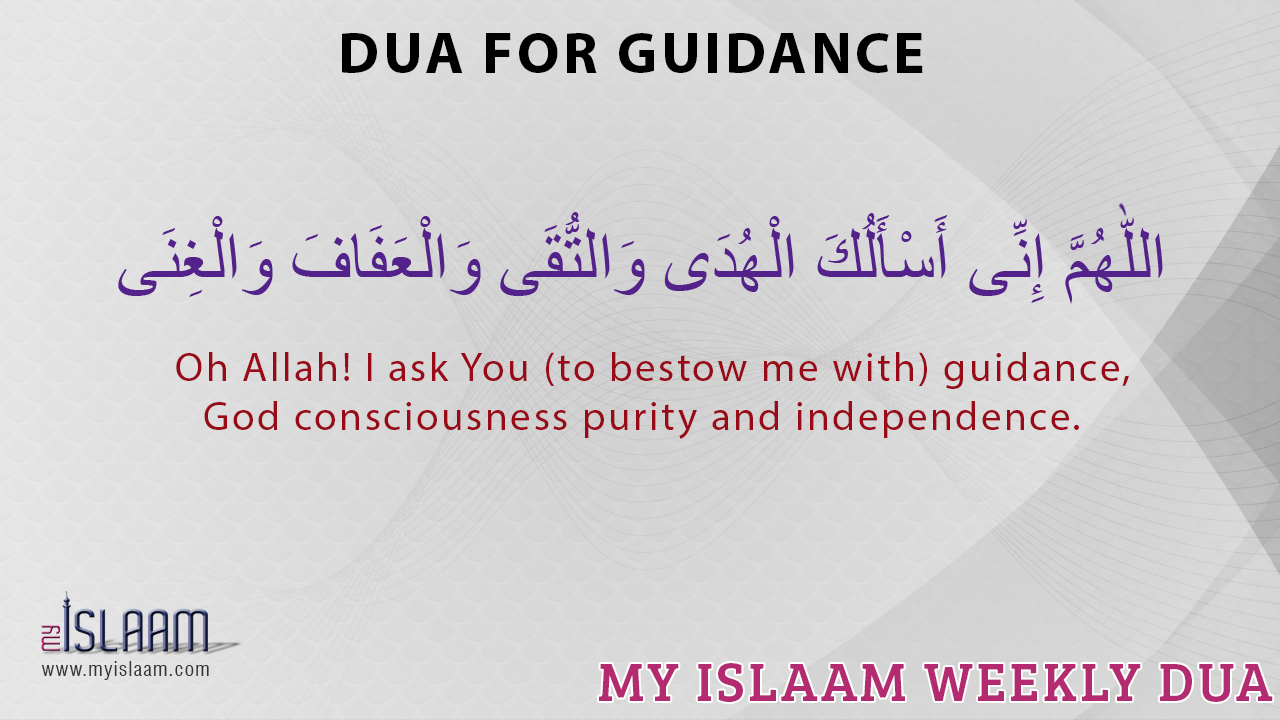Inner Meanings of Women’s Islamic Dress Code
By Abdullah Galadari (The International Journal of Interdisciplinary Social Sciences, 2012. Pg.115-125)
The purpose of this paper is to critically review the article, ‘behind the veil: inner meanings of women’s Islamic dress code’ authored by Galadari (2012). The article explores the reasons for and against the veil, initially from a physical perspective and then goes into the spiritual perspective, which is the actual purpose of writing this article. The author aims to look into the spiritual and inner meanings of veil from the primary sources of Islamic Law, as opposed to previous literature written on the veil, which focuses on the physical meanings. Most other research done on the topic of hijab focuses on modesty issues when discussing the reasons behind wearing hijab and the spiritual perspective is overlooked in other works. Hence, this paper diverts from this angle and concentrates on the inner meanings of hijab and women’s Islamic dress code.
The aim of this review is to summarise the key findings, arguments, theories, methodology employed and explanations of the author. The first section of the review will examine the author’s outlook in summarising his discussion in relation to the veil, both for and against. The second section will analyse the author’s methodology, assessing the use of his methods and techniques coupled with how he expounds on the spiritual meanings of the veil. The last section will give a conclusion, highlighting the strengths and weaknesses of the article and commenting on the overall reliability and validity of the research.
The author summarises the different types of coverings in the women’s Islamic dress code amongst the Muslims across the globe and the difference in nature with regards to it being religious or cultural. Thereafter, he goes on to describe the meanings of the veil according to different contexts and how it has been represented as both freedom and suppression. Subsequently, he makes a claim that the Islamic societies are male dominant, but provides no evidence or reference for this claim. This claim of the author is indicative that Islam is what instigates male-domination, whereas that is not the case. In fact, this male-dominated traditional backbone is due to culture and not Islam (ElSafty, 2003). As such, Islam does not make any discrimination between men and women. This has been made clear in a number of verses in the Quran (Mernissi, 1995). For example, in chapter 33, verse 35 of the Quran, it has been stated: “Indeed, the Muslim men and Muslim women, the believing men and believing women … the truthful men and truthful women, the patient men and patient women, … the charitable men and charitable women, the fasting men and fasting women… for them Allah has prepared forgiveness and a great reward” (Qur’an 33:35). This verse makes clear that there is no discrimination between men and women by exclusively mentioning women alongside men.
Furthermore, the author explains how the veil is deemed as demeaning to some women and how it is perceived as a symbol of suppression, though many women wear it out of their own choice showing pride in their identity. To support his argument, he refers to Hirschmann (2001). The author concludes from these points that when governments ban headscarves and veils, the women take this as their identities are being suppressed. Such analysis has been supported by Hawe (2009).
The author explains that there is an existence of many different understandings with regards to the veil; ranging from the veil being a symbol of identity or culture and a symbol of freedom to it being a symbol of suppression. He deduces from this that everyone agrees that the veil is symbolic of some sort of expression. He then claims that “to most, the veil is a symbol of identity or culture”, without providing evidence or reference to the “most” claim. Many others that have written on this topic have actually stated contrary to this and say that coupled with seeking the pleasure of God, most Muslim women choose to wear the hijab to uphold Islam’s code of modesty (Sayegh, 2004; Khan, 2014; Sands, 2014; Pervez, 2015).
The author states the reason to why many secular European countries look at the veil negatively. The reason is because of the high influx of Muslim migrants, who have bought their culture with them, which may be seen as alien to social norms according to the non-migrants. He then states that even in predominantly Muslim countries such as Turkey, women are disallowed to wear headscarves and veils in public places. This is not the case in Turkey anymore. Rather, in Turkey, women can now wear the veil everywhere except in the military, police and judiciary (Sanghani, 2017).
The author states that there are many debates for and against the veil and many reasons cited by both sides. However, He opines that there is a core problem in people actually understanding religious rules. They attempt to understand ‘how’ to carry out religious rules, but remain detached from questioning ‘why’ they carry out the religious rules. The ‘why’ is more important than ‘how’. The ‘why’ explains the spirit of the law as opposed to the letter of the law, which is explained through ‘how’. The same is the case with the hijab. The author tries to substantiate his point of view by using the Quran as evidence, where the Quran time and time again asks people to reflect, think, ponder and deliberate over everything, indicating that people should be questioning ‘why’ certain things ought to be carried out. He claims that most religious scholars limit their interpretations to earthly interpretations. He states that these earthly interpretations are not always right and religion should actually be taking people from this world to a more spiritual world. Hence, spiritual interpretations are important and needed. It seems like the author is referring to physical interpretations, which is the letter of the law, when mentioning earthly interpretations. His term ‘earthly interpretations’ is not befitting here because even spiritual interpretations are made by humans on earth and are not divine as such, hence, they can also be termed as ‘earthly interpretations’.
The method employed by the author in understanding the veil from a spiritual perspective is to understand the root meanings of the Arabic word in the Quran, the primary source of Islamic Law. Hence, he employs a linguistic root-word approach in attempting to understand the texts related to hijab or women’s dress code. Expounding on the spiritual meanings of the veil, the author mentions points to explain the veil in light of women in the Quran. These points are not very relevant to the discussion of veil. Furthermore, he seems to conflate the root meanings and their interpretations, and some of his interpretations are very far-fetched. Moreover, he does not provide any reference for his claims. One such farfetched interpretation that he makes is that the term for soul in Arabic is a feminine term, hence souls who forget God can be described as women from a linguistic perspective. Furthermore, he mentions that as the term for women in Arabic also means debt, then it is implicit that people’s souls are a debt that needs to be returned to God. These connections are so farfetched and mindboggling that it seems like he is twisting words to try his utmost to get his explanation and point of view across. Additionally, he claims that the term hijab means eyebrows. This is incorrect as eyebrows in Arabic is “hajibayn” (sing. “Hajib”) (Wehr, 1979).
The author makes another startling claim by stating that the word hmd in the Quran can also mean desire. He uses this meaning to try claim that desire is to/for God, just like when in a marriage contract, desire is between husband and wife. He uses the Torah to prove that hmd means desire. This is even more farfetched than his previous claims because at least in his previous claims he used Arabic root word-meanings to substantiate his claims. Here, he uses the Torah to try proving his claim. He clearly goes against his employed methodology which is the linguistic root-word approach using Arabic as was his method throughout his paper.
In his final conclusion, he concludes by saying that there are countless debates relating to the veil. The paper shows that the wearing of the veil has spiritual meanings that seem to be missed by many and the real message is the spiritual one.
In conclusion, the author contributes to the issue of hijab by explaining the deeper spiritual meanings of hijab, though the meanings are somewhat farfetched. He demonstrates how people are tied into physical interpretations of texts, but forget the deeper spiritual meanings and how people are too worried about ‘how’ to carry out certain actions relating to religion and totally overlook and forget ‘why’ they are supposed to carry out the actions. Much of his paper focuses on the hijab, explaining that people who don the hijab focus too much on ‘how’ to don it, but forget the crucial question of ‘why’ it should be donned. He expounds on the deeper spiritual meaning of hijab by using the linguistic root word meanings and explains hijab from a spiritual perspective.
The author conflates two issues in his paper; the Head scarf and the veil. These are separate things and debates with regard to them are different, though similar. The author has used them and the word hijab interchangeably and synonymously, and made a clutter of the paper. He should have addressed them separately or made a clear distinction between the two. Yes, both come under the hijab term; however, their connotations are different. For example, in European countries such as England, the security issues raised around this topic are in relation to the veil and not the headscarf as such. This can clearly be seen when taking photographs such as passport photographs, where one is clearly allowed to wear a head scarf, as this does not cover the face, but may not wear a veil as this covers the face.
Furthermore, the author makes some farfetched claims when employing the linguistic root-word methodology and also a number of other claims without providing evidence or reference, some of which were highlighted in this review. These claims made the paper look very weak. The method employed by the author is appropriate to a degree of proving his point. However, he has used far-fetched interpretations which have further demonstrated his paper to be weak. The overall number of claims and farfetched interpretations seriously questions the validity and reliability of the paper. The author’s method is not the only approach that can be resorted to. Rather, as a Muslim one has to look at the texts more inclusively and the approach employed by the author is secondary in nature with regards to action. As a Muslim, one needs to understand the letter of the law from a strict legal text perspective in order to practice it correctly, before delving into linguistics and root words to ascertain spiritual meanings. Although some good arguments for and against the veil are existent in the paper, which do add strength to the paper, too much of the paper focuses on the physical aspect of hijab, whereas, this was not the purpose of the paper, like the author clearly mentioned. As such, this can also be seen as a weakness. Despite this, students of Islamic sciences, scholars and those interested in getting an overview in relation to the veil topic would benefit from this paper, especially those wanting an overview of the arguments for and against, relating to hijab.
References
ElSafty, M. (2003). Gender Inequalities in The Arab World. Florence: The American University in Cairo.
Galadari, A. (2012). Behind the Veil: Inner Meanings of Women’s Islamic. The International Journal of Interdisciplinary Social Sciences, 115-125.
Haw, Kaye. (2009). From hijab to jilbab and the ‘myth’ of British identity: being Muslim in
contemporary Britain a half‐generation on. Race Ethnicity and Education – RACE ETHN EDUC. 12. 363-378. 10.1080/13613320903178303.
Khan, M. (2014). The Muslim Veiling: A Symbol of Oppression or a Tool of. UMASA Journal, 32
Mernissi, F. (1995). Women and Islam: An Historical and Theological Enquiry. Oxford: Blackwell.
Pervez, S. (2015, February 5). Hijab In Islam. Retrieved February 11, 2018, from https://www.whyislam.org/on-faith/hijab-in-islam-modesty-humility-and-dignity/
Sands, J. (2014). Unveiling the Veil: Debunking the Stereotypes of. Florida: Rollins College.
Sanghani, R. (2017) ‘ Burka bans: The countries where Muslim women can’t wear veils’, The
Telegraph, 17 August. Available at: https://www.telegraph.co.uk/women/life/burka-bans-the-countries-where-muslim-women-cant-wear-veils/ (Accessed: 3 May 2018).
Sayegh, F. A. (2004, February 20). The hijab: A symbol of dignity, propriety and women’s modesty. Retrieved March 11, 2018, from http://gulfnews.com/news/uae/general/dr-fatma-al-sayegh-the-hijab-a-symbol-of-dignity-propriety-and-women-s-modesty-1.314177
Wehr, H., & Cowan, J. M. (1979). A dictionary of modern written Arabic: (Arabic — English). ; Wiesbaden, Harrassowitz.

 Songs make hypocrisy grow in the heart just as water makes crops grow
Songs make hypocrisy grow in the heart just as water makes crops grow 












